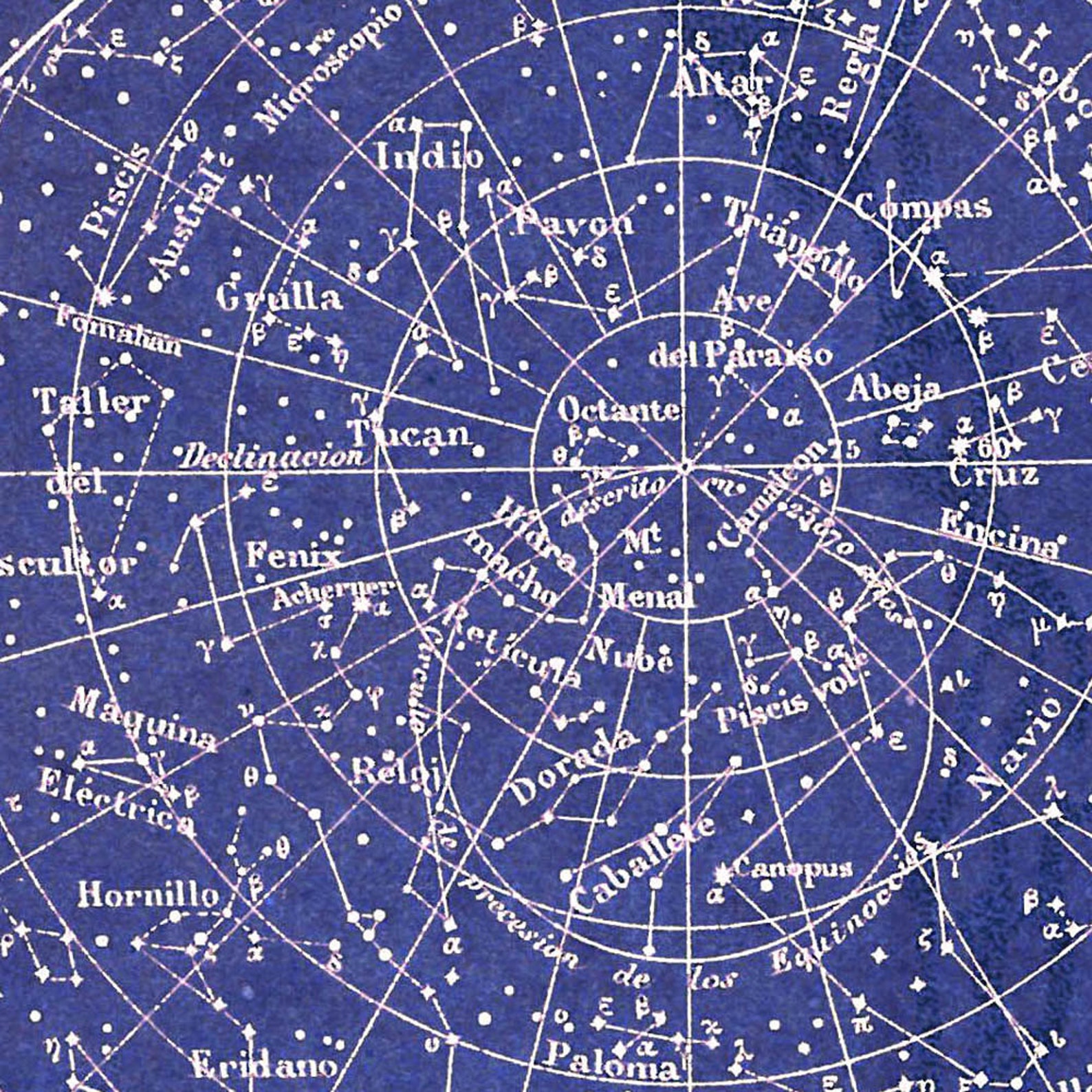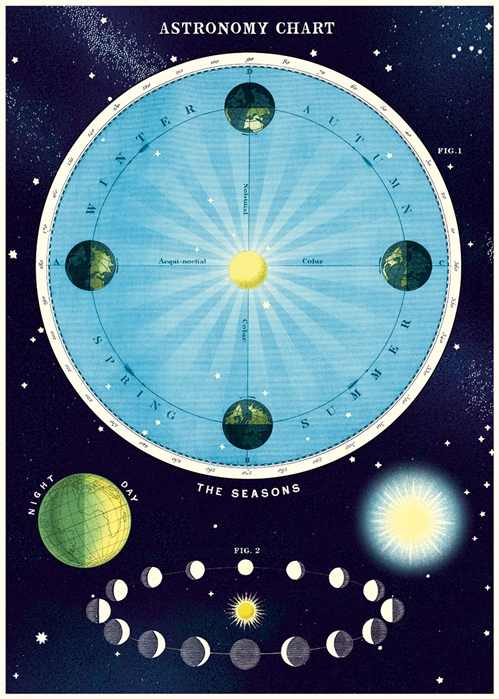

However, this means that they can't predict the location of planets or the moon. Planispheres show objects that are fixed in the night sky relative to Earth - that's why they can be used year after year. Why can't I use a planisphere to find the planets or Moon? If you change direction, simply rotate the planisphere in your had round so that the corresponding compass points align. You should now notice that the constellations in the sky match those of the star chart. Now raise the planisphere above your head so that the skychart remains visible to you and that North points to North and South behind you. Step 3 - Hold Up the Planisphereįace North and hold the planisphere so that the word North is at the bottom. The stars in the oval should now match those in the skies above.

For example, if you were to head out at 11pm on 15th July you would align the 11pm marker on the upper disk with the 15 July marker on the lower disc. These need to be aligned by spinning the upper disc. The two discs have date and time markings. It rises in the southeast and sets in the southwest in January. If you don't have a compass, use the Sun.
ASTRONOMY STAR CHART HOW TO
How to use a Planisphere Step 1 - Know Your Compass Pointsīefore using a planisphere, you need to identify and be familiar with the compass points from where you live. It's best to use a red led torch to see the chart in the dark - that way it won't ruin your night vision.ĭespite the simple design, planispheres allow you to determine what bright stars are in the night sky on any date and at any time throughout the year. Once you find North, the rest will follow. If you don't know which direction is which, use the Plough to find Polaris. It will then show the sky as it looks from that horizon and on up over your head. To use it to look at things in different directions, hold it so that the bottom edge corresponds to the compass direction you are facing. If you hold the chart above your head with North pointing North you'll find East and West are pointing correctly. Unlike most maps, star charts show what is above you, not beneath you. It may look confusing at first, with the directions being backwards - West is on the right and East on the left. With the help of star charts, you'll be able to find a multitude of objects under a dark sky. A single degree of declination is further divided into 60 arcminutes, and each arcminute into arcseconds for greater precision. Zero degrees of declination represent the celestial equator (a projection of Earth's equator) with +90° representing the North Pole and -90° declination the South Pole. These all likewise describe the movement of the sky over the specified time.ĭeclination is akin to the measurement of latitude projected into the sky. As with time, an hour of Right Ascension is divided into minutes which are also divided into seconds. One hour Right Ascension describes the movement of the sky due to the Earth's spin over an hour and is equal to 15° (15° * 24 hours = 360°).

ASTRONOMY STAR CHART FULL
Zero hours starts at the First point of Ares (the point in the sky at which the Celestial Meridian, the Celestial Equator and the Ecliptic meet) and measures the full 360° of the celestial sphere. Right Ascension, measured in time, is the projection of longitude onto the celestial sphere. The Celestial Sphere Diagram Showing Key Definitions


 0 kommentar(er)
0 kommentar(er)
